The first thing i thought when buying my TDS3014 was "Oh no, it don't have an Ethernet port ... no way ! I can't live in this state ...".
When searching for a way to achieve peace of mind, I came across many used extension board for my scope : TDS3GV, TDS3EV, TDS3EM. On eBay they sell at an indecent price tag for used goods or old new stock with a shaming price.
And more then that, none of them really had what i wanted : Ethernet, WiFi, USB and a "modern" web interface.
So three choices :
- make one fitting my needs
- accept the absence of connectivity
- sell an arm
Don't know why, but the first choice was more appealing to me : lots of thing to learn in the process.
When i started this project, except some information about to unlock the possibilities of a TDS3K i found someone on the EEVBlog who posted two photos of a TDS3GV. Exactly what I needed to see if it was possible to do something. It was 2018.
 PMercier
PMercier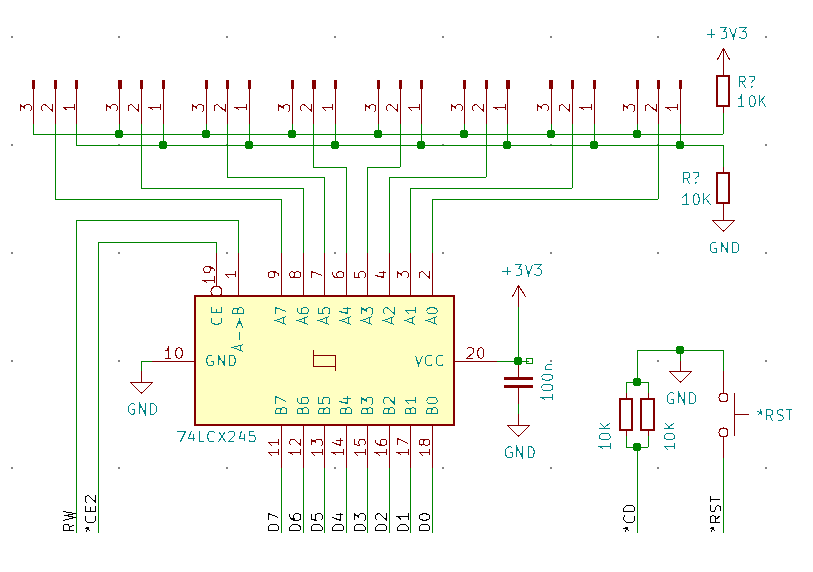
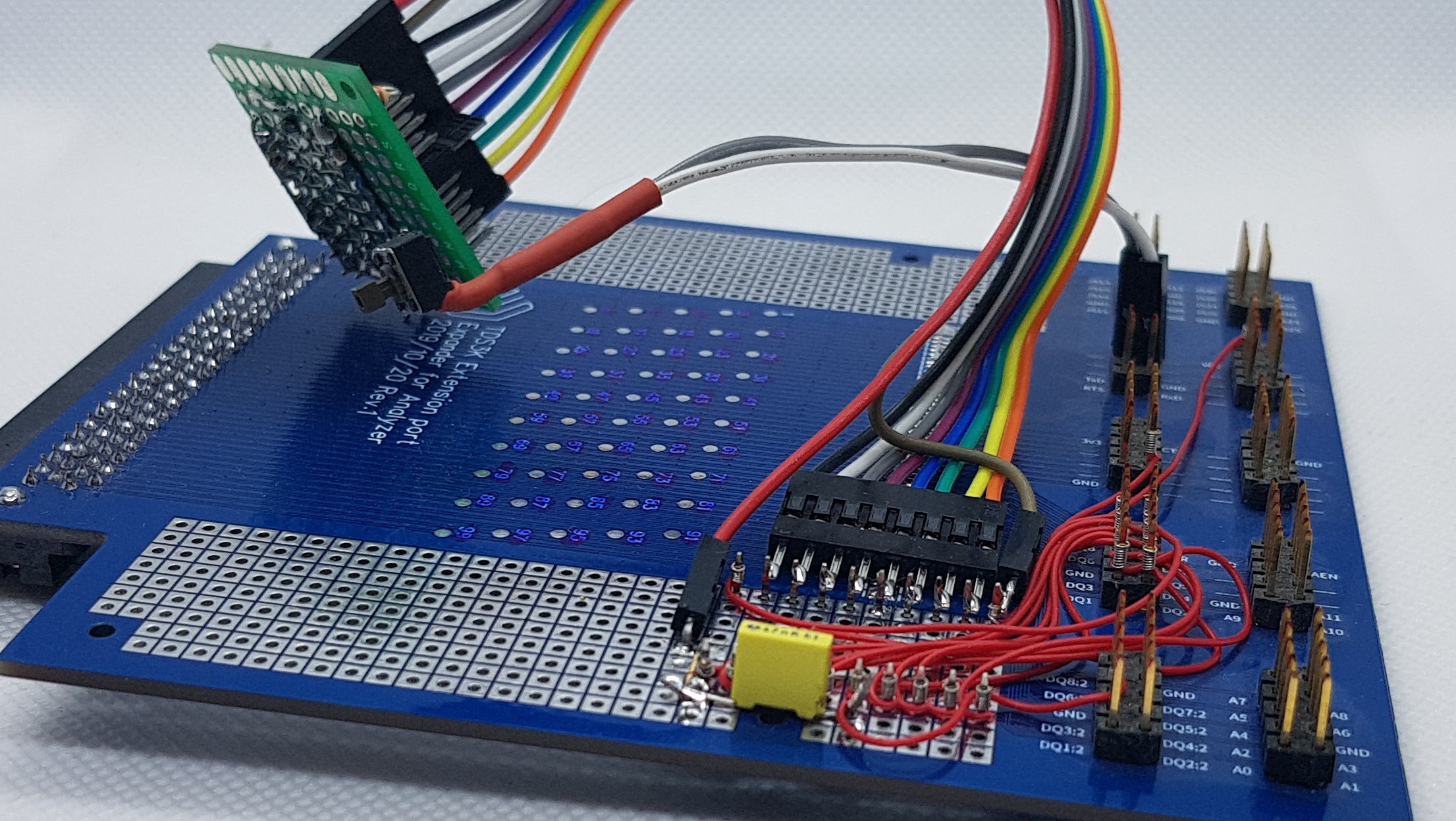
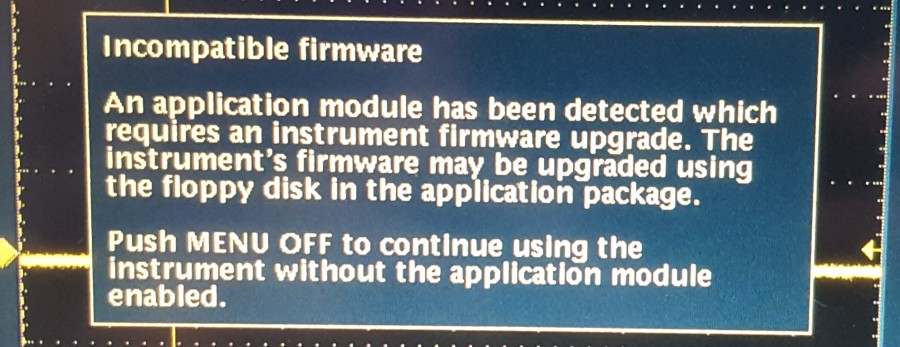



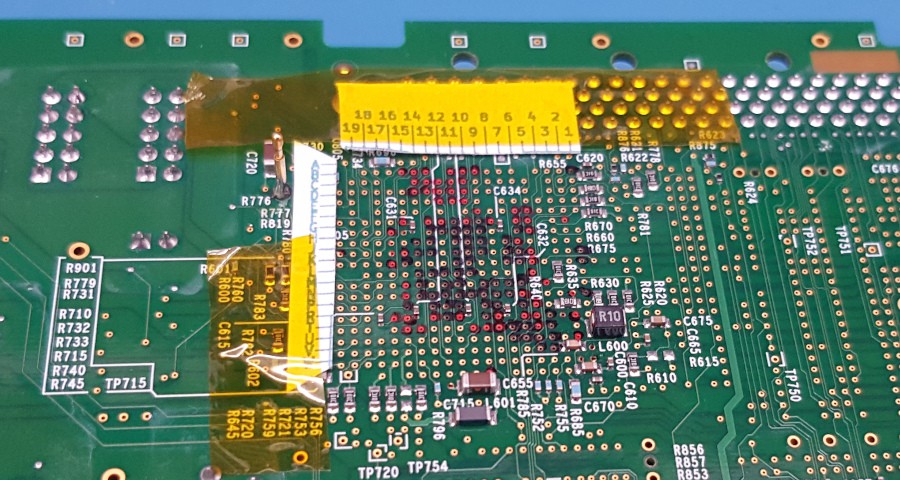
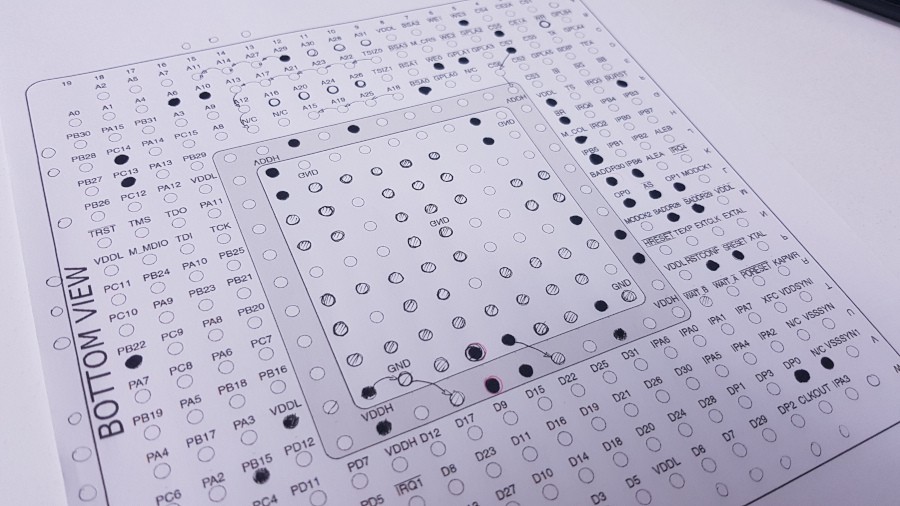
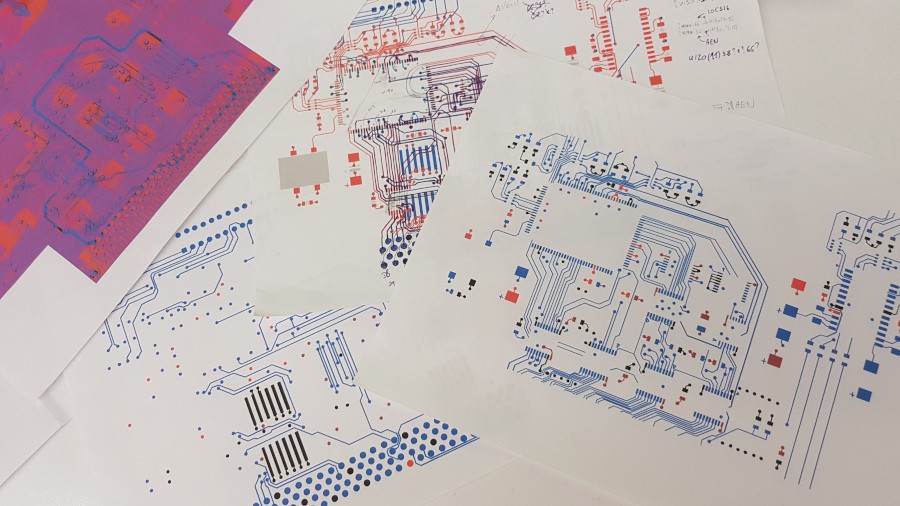
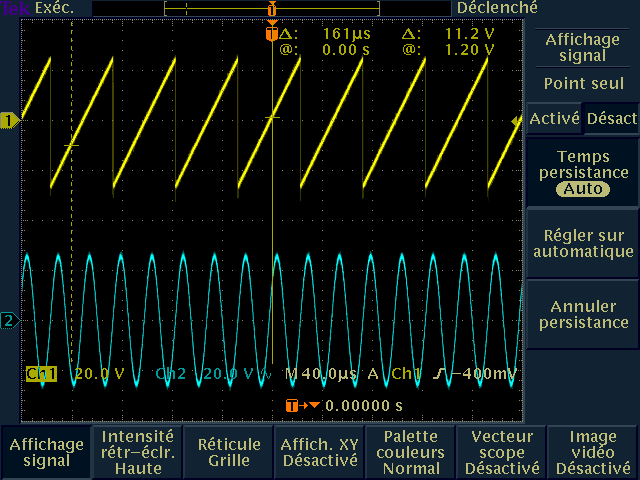
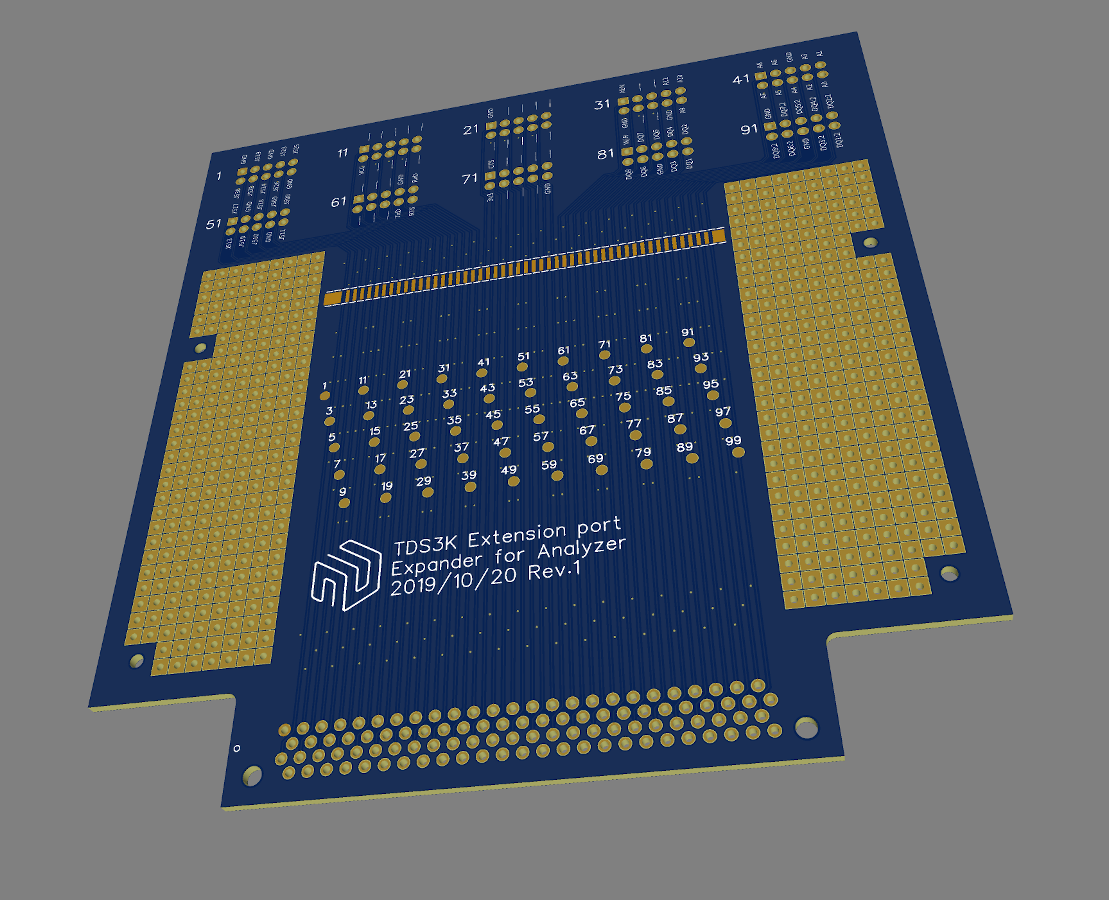 3 week later, some soldering, and it was now the time to get on the scope screen what was going on inside himself.
3 week later, some soldering, and it was now the time to get on the scope screen what was going on inside himself.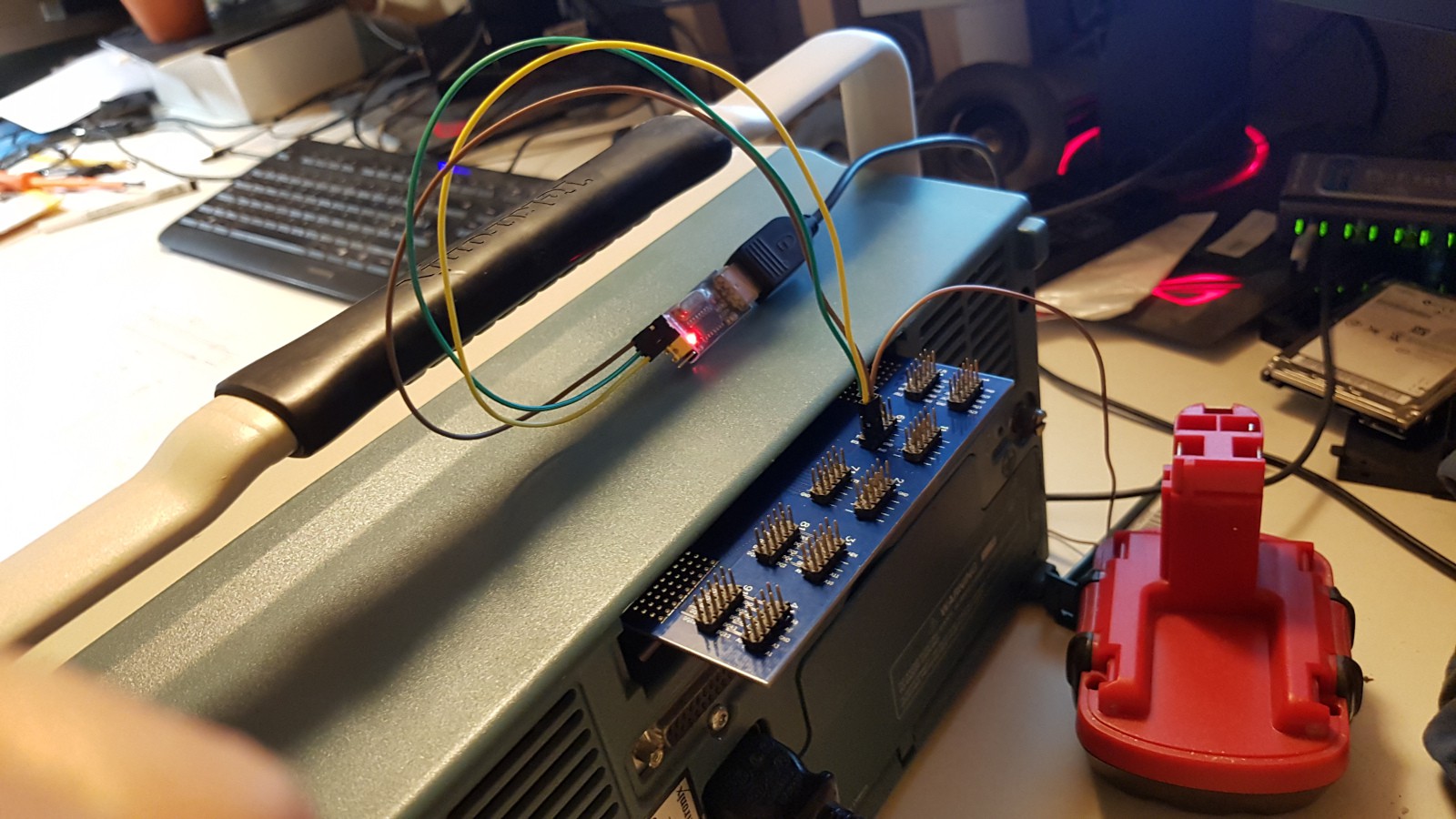 It feel safer to work and poke inside the scope.
It feel safer to work and poke inside the scope.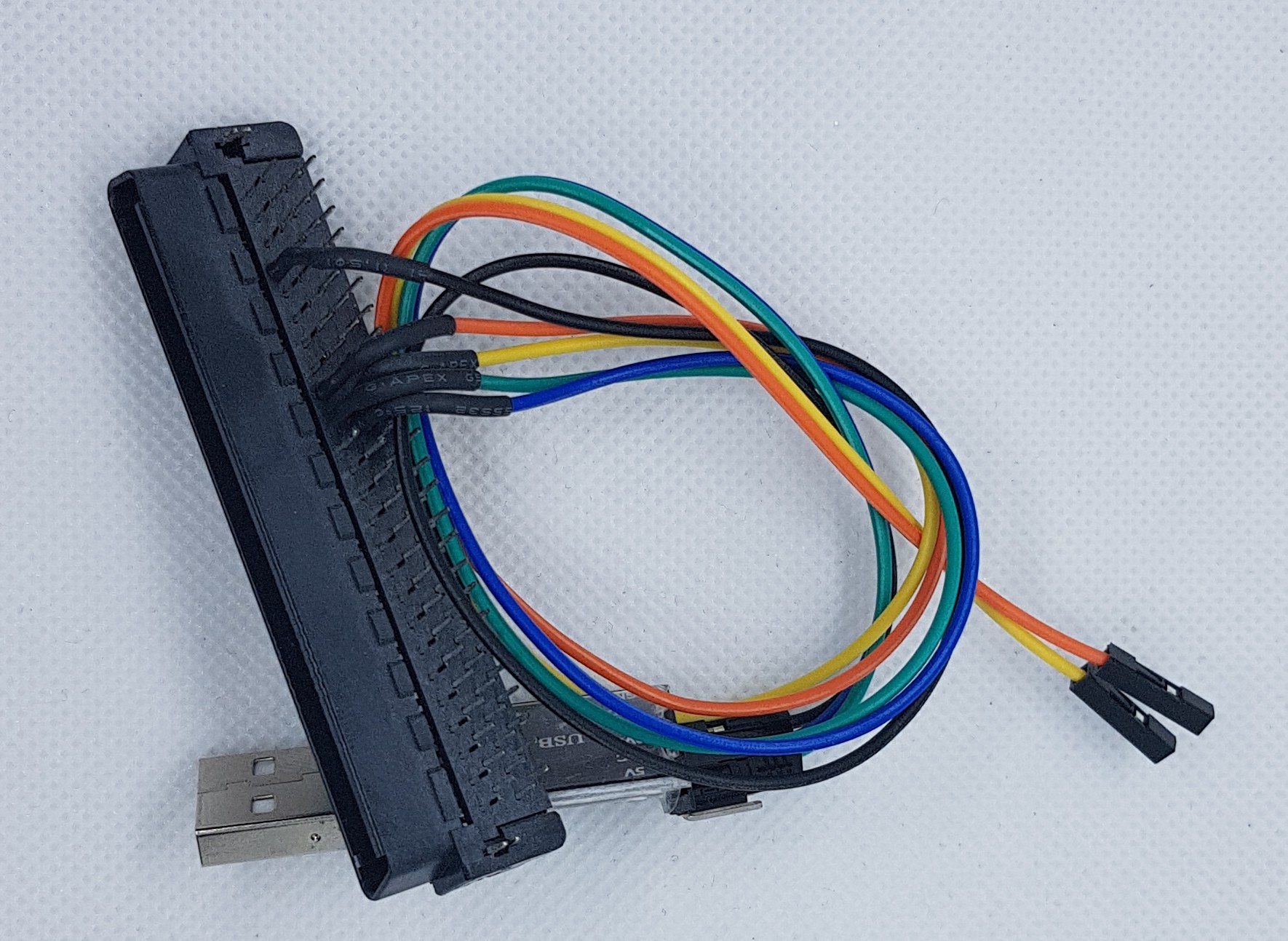
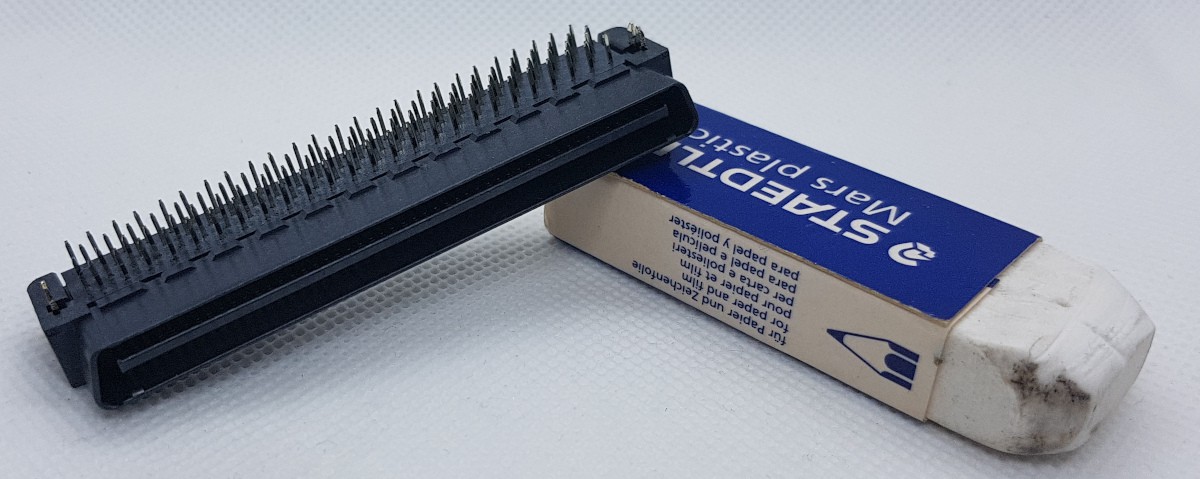


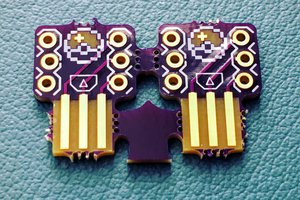
 Arno Moonen
Arno Moonen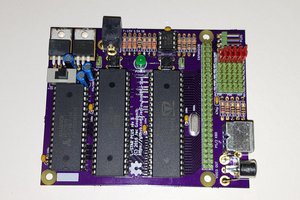
 Jac Goudsmit
Jac Goudsmit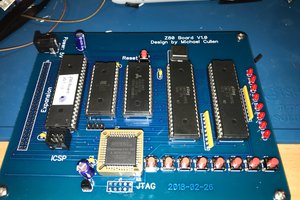
 Michael Cullen
Michael Cullen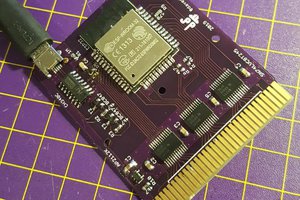
 davedarko
davedarko
Where did you find the 3.39 FW, on the tek site they have only 3.41.